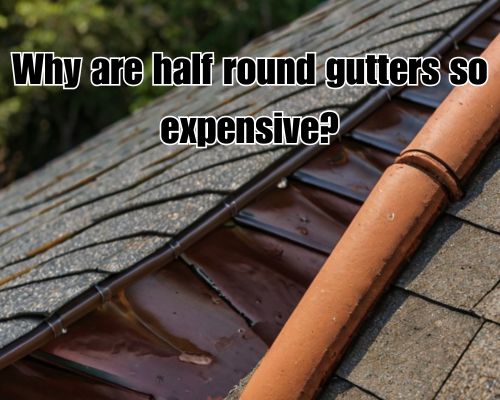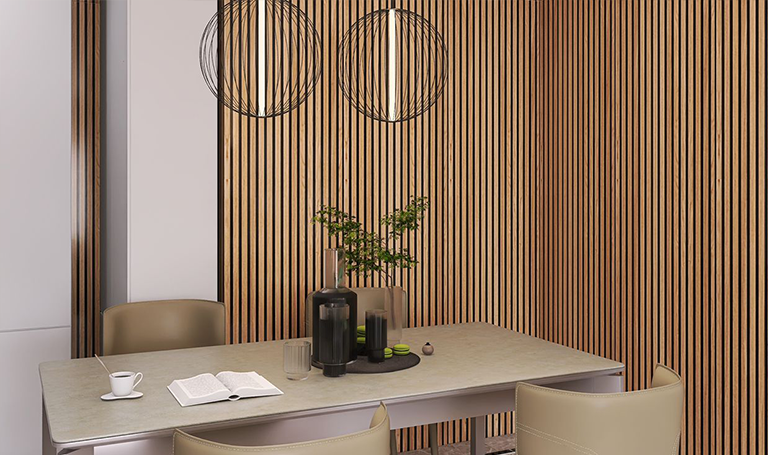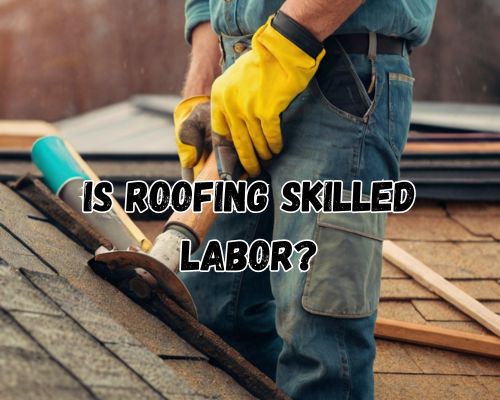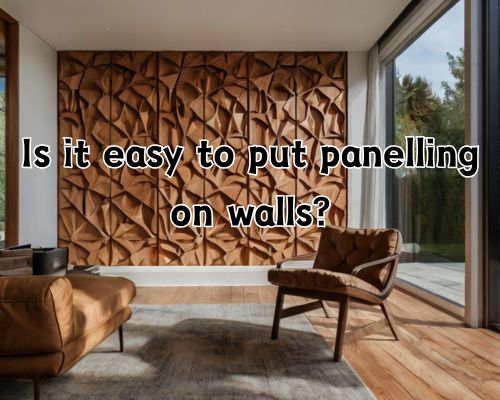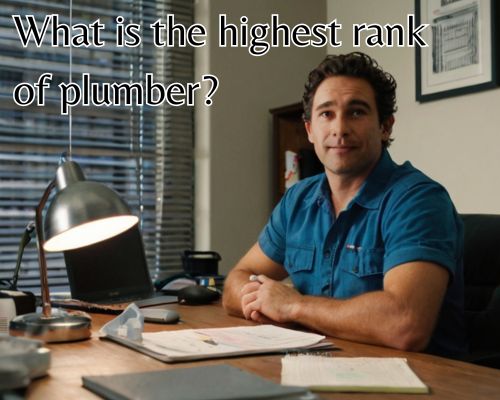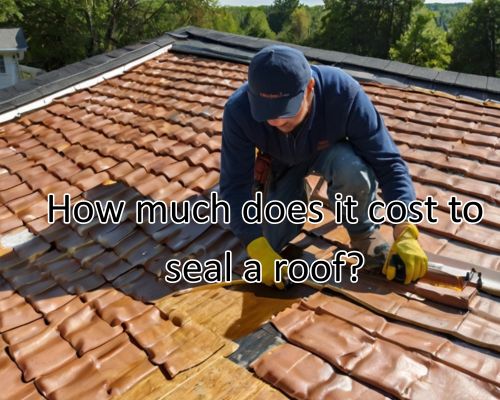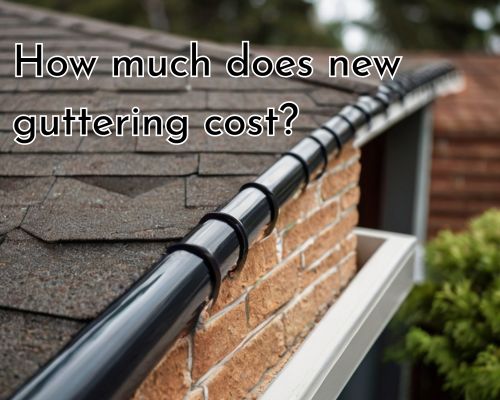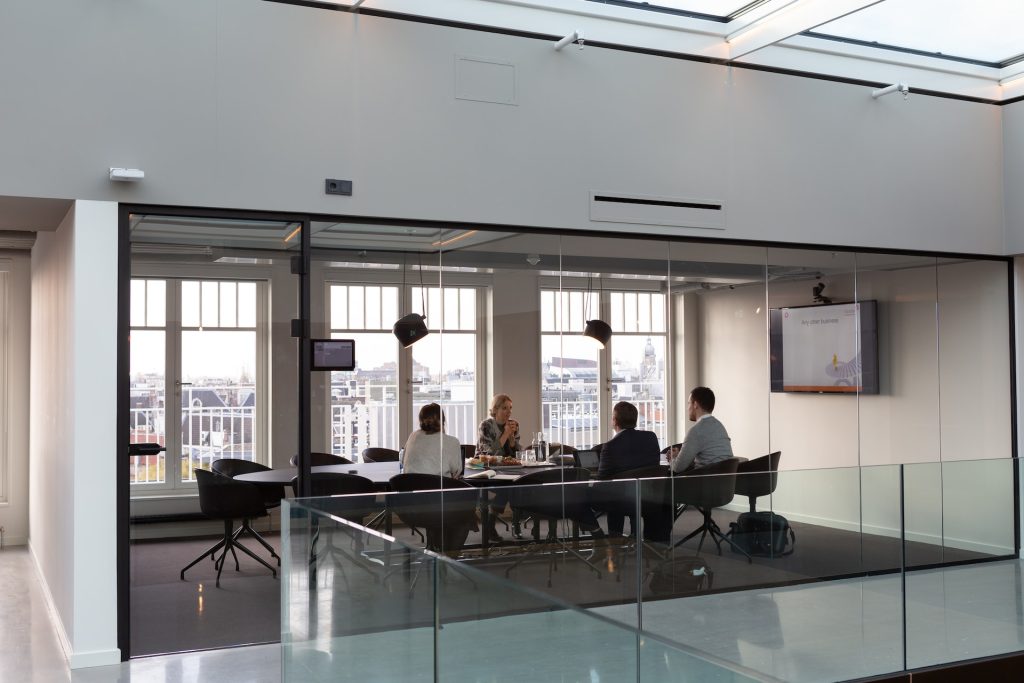Cultivating Calm in the Chaos: Self-Care and Mental Wellness for the London WomanCultivating Calm in the Chaos: Self-Care and Mental Wellness for the London Woman
In the exhilarating, often relentless, pulse of London life, self-care isn’t merely a luxury; it’s a non-negotiable necessity. This rings especially true for women navigating the city’s unique pressures, from demanding careers to the intricate dance of dating and relationships. It’s crucial to understand that mental wellness and self-care are inextricably linked. You can adopt every physical self-care routine in the book, but if your mind isn’t at ease, truly thriving becomes an uphill battle. After all, it’s tough to fully enjoy your body’s well-being when your thoughts are in turmoil according to https://www.latestphonezone.com/.
One of the most impactful ways to support your mental wellness, particularly in a bustling city like London, is through the consistent practice of meditation and mindfulness. These techniques empower you to develop a deeper connection with yourself, fostering an acute awareness of your thoughts and emotions without the burden of judgment. Thankfully, Londoners have embraced this, with apps like “Calm” and “Headspace” becoming firm favorites. These platforms offer easily accessible guided meditations that can seamlessly integrate into even the most packed schedules. Imagine taking just ten minutes out of your day to step back from the urban chaos, focus purely on your breathing, and simply allow yourself to be. This small investment of time can yield significant benefits in managing stress, enhancing emotional stability, and providing a much-needed mental break from the daily grind according to https://geekinsider.com/beyond-the-stage-exploring-the-london-entertainment-scene/.
Beyond structured meditation, integrating mindfulness into your daily London routine can be transformative. This means engaging fully with the present moment, whether it’s truly tasting your morning coffee, really seeing the vibrant street art on your commute, or actively listening to a friend during a catch-up. These small acts of presence can create pockets of calm and appreciation amidst the hustle. For women navigating the complexities of modern relationships and the often-daunting dating scene in London, cultivating this inner calm can be particularly empowering. It allows you to approach interactions with greater clarity, less anxiety, and a stronger sense of self.
Physical activity also plays a vital role in mental wellness. London offers a plethora of options, from serene walks in Hampstead Heath to invigorating spin classes in the city center. Exercise isn’t just about physical fitness; it’s a powerful stress reliever and mood booster, releasing endorphins that naturally uplift your spirits. Similarly, ensuring adequate sleep is paramount. In a city that never truly sleeps, prioritizing consistent, quality rest is a revolutionary act of self-care. It directly impacts your mood, cognitive function, and overall resilience.
Finally, remember the power of connection. While this article focuses on internal practices, maintaining healthy social connections (as discussed in the previous article) is a fundamental aspect of mental wellness. Sharing your experiences, seeking support, and nurturing genuine relationships provide an invaluable buffer against stress and loneliness. In London, where life can feel incredibly fast-paced, carving out time for these connections, whether it’s a quiet cup of tea with a friend or a lively group outing, is essential.
Embracing a holistic approach to self-care and mental wellness isn’t about adding more tasks to your already busy London schedule. It’s about strategically incorporating practices that replenish your energy, calm your mind, and fortify your spirit. By prioritizing these essentials, you’ll not only navigate the city with greater ease but also find a deeper sense of fulfillment in all aspects of your life, including your relationships and dating experiences.
